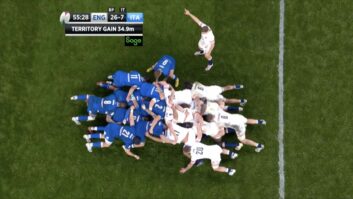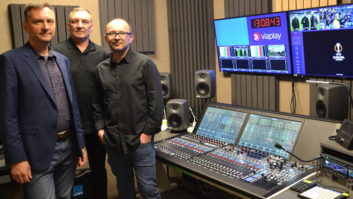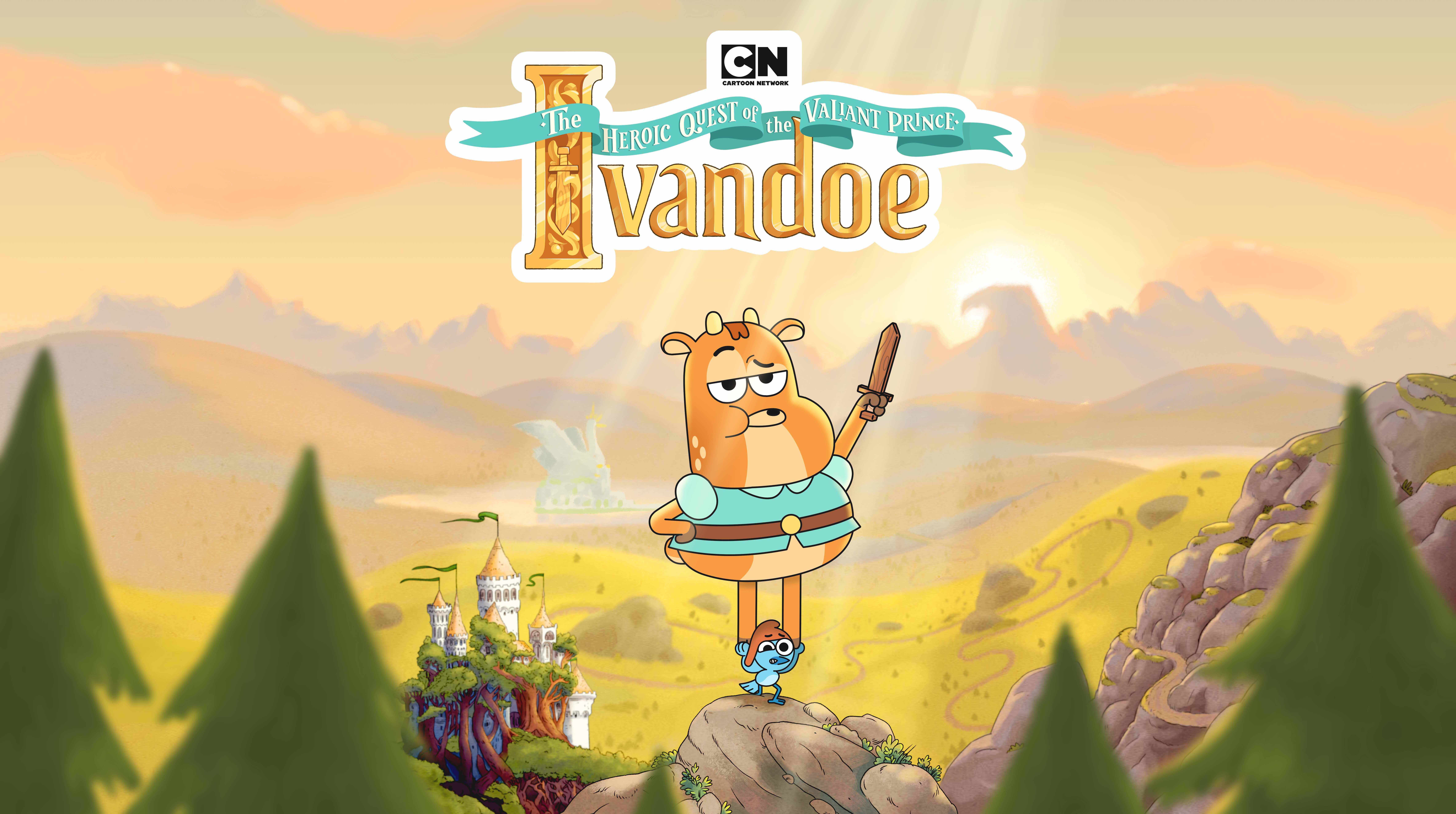Starring Sofia Helin (The Bridge, Arn), Kyle MacLachlan (Twin Peaks, Sex in the City), and Tobias Santelmann (Exit, The Last Kingdom), Atlantic Crossing is a big-budget drama that reveals the true, yet relatively unknown, story of Crown Princess Märtha.
Created and directed by Alexander Eik (Cold Feet), the series follows Märtha’s journey from Norway to the White House where she was given refuge during World War II and became close to US President, Franklin D. Roosevelt.
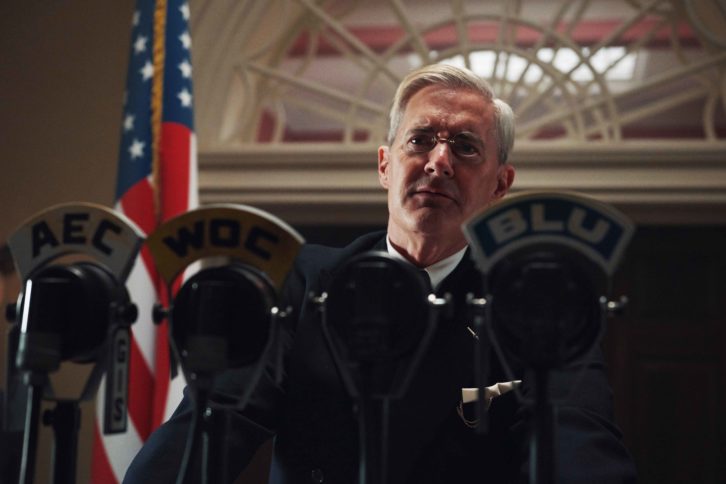
According to Hopkin, several different camera and lens packages were initially tested by DP Carl Sundberg and Eik. “Based on the visual mood, bokeh, flare, contrast and other optical characteristics, the choice of camera fell upon the Arri Alexa Mini with Vantage One T1 lenses,” he explains.
The main aim of the grade, which was completed in DaVinci Resolve, was to create a painterly aesthetic that accentuated Sundberg’s cinematography. “I wanted the grade almost to feel transparent,” he adds. “I hope that the audience gets involved with the story, without ‘noticing’ the grade too much. However, I do want people to appreciate how beautiful the imagery is.”
ProRes 4444 XQ in 2K 16:9 resolution was used for the majority of the shoot, while Arri Raw 2.8K and ProRes 4444 XQ 3.2K were the chosen formats for all VFX plates. “The series had a lot of VFX work done,” explains Hopkin. “Ranging from full CGI shots, a mix between CGI and live footage, and simpler clean-up work.”
He continues: “The visual effects impacted the story greatly, and were key to telling many of the crucial scenes. Whether that was recreating the dramatic bombardments during an enemy fighter plane attack upon the passenger ship Mira, or when Crown Princess Märtha and her children embrace the grandeur of New York City for the first time.”
The VFX team, headed up by VFX supervisor Geoffrey Hancock, supplied Hopkin with additional mattes when needed. “This allowed me to refine separate elements within a comp. I also pre-graded several sequences so that Geoffrey and his team could see which direction the grade was taking, enabling them to see their work in context.”
Looking back on any standout scenes, Hopkin recalls a sequence where Märtha is leaving for the US from the small Finnish fishing harbour Petsamo. “She is ferried in a small boat to a larger ocean liner further out in the bay,” he adds. “The creaminess of these images, coupled with the beautiful Scandinavian Fjord is simply awesome, and I love the hues. It encompasses the painterly brief.”
He continues: “Another sequence I appreciate is when Crown Prince Olav and King Haakon VII are under heavy bombardment in Nybergsund, Norway. Featuring a crystal-clear Norwegian winter forest heavily laden with snow, and a mayhem of explosions set upon them from above by the German Luftwaffe, it is poetic and menacing at the same time. Stunning visual and special effects and sound design amplify the scene. It was terrific fun to grade.”
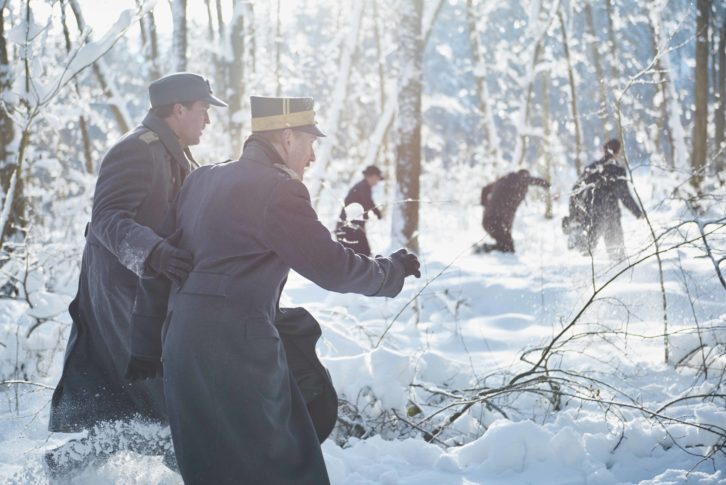
Due to the situation with Covid-19, Hopkin and the team struggled to have face to face sessions. “The tight integration of Frame.io within DaVinci Resolve became extremely important for us working remotely on Atlantic Crossing,” he explains. “Getting all the comments directly into my grading timeline was priceless. This way of working has opened up lots of new possibilities to interact with our clients and will continue to be important when society normalises. It is good to rethink how we work.”
Currently airing on Norway’s NRK, Atlantic Crossing will be released in the US in Spring 2021 on PBS Masterpiece.
